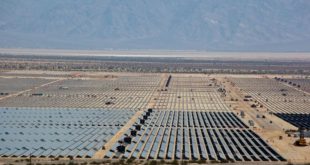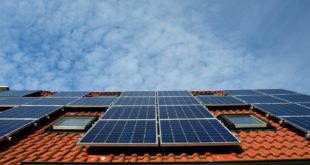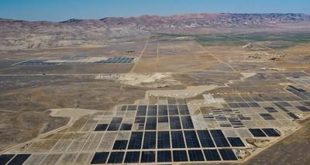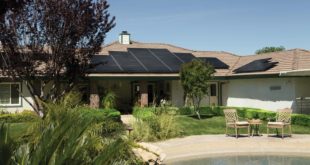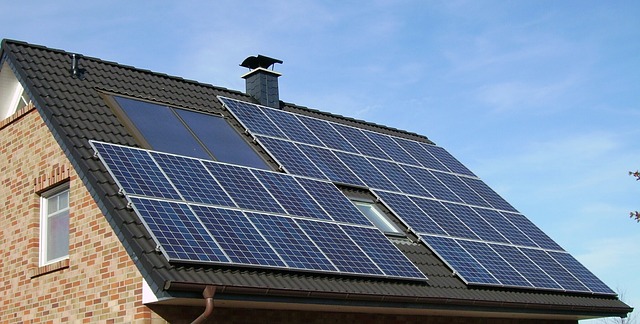
Source (Creative Commons CC0)
Sustainable building practices are the future of not just construction but converting existing buildings to be more green. Future trends in sustainable building design look toward products like solar panels and LED light bulbs for direction.
Solar Panels
The Federal Energy Regulatory Commission recently proposed adding 115,984 megawatts (MW) of solar and wind energy by December 2020, doubling the current installed capacity of 115,520 MW. That would put the nation’s solar and wind energy at about 17 percent of the total capacity by the end of 2020.
That’s where the smart grid and companies using solar panels comes in. As it is, solar panels cut energy bills by a third, will pay for themselves, and after the return on the initial investment, can make a company money. Companies, like private citizens, can sell their excess solar energy using a process called process called net metering. This isn’t a new practice, but Amazon won the right to sell its excess solar energy, skipping using a local energy company as a middleman. This meant selling directly to regional markets at the market rate, contributing to the smart grid.
There’s a test program — the Distributed Energy Resource Management System, in San Jose, CA — that is trying to integrate excess solar energy into the grid. A partnership between Pacific Gas and Electric, General Electric, Tesla, and Green Charge, it’s part of a larger discussion on incorporating the energy, which could open avenues for other companies to sell off their own energy. With 72 gigawatts of new solar photovoltaic capacity installed worldwide in 2016, this is a trend that is catching like wildfire.
Tesla’s LED Lights
While the name Tesla, the company created by Elon Musk, may be more associated with cars and powerwalls these days, a Boston-based company has created an LED light bulb based off of the late 1800s inventor Nikola Tesla’s technology.
There are two major benefits to using LED bulbs over traditional filament bulbs in a corporate setting: They are green and more cost-effective.
LED bulbs, unlike traditional incandescent bulbs, are made of plastic and do not contain toxic chemicals such as mercury. That means other, more sustainable materials need to be used, which increases the cost per bulb, though the benefits outweigh the initial costs. The estimated energy costs per year per bulb on a 60-watt bulb is about $1.63, and they are guaranteed to last 15 years.
As a bonus, the bulbs have 60 percent less blue light than the average LED bulb, which can lead to fewer headaches and better sleeping. The drawback is that it takes between 1 and 3 seconds to warm up, resulting in a few seconds of no light or dimness.
Solar panels and LED lights both provide two major advantages over traditional power sources and light bulbs: They are environmentally friendly and cost effective. Solar panels replace fossil fuels, while LED bulbs use less energy. While both require an initial upfront cost, they are worth the cost in the long run. Solar panels, after paying for themselves, will even earn money, with excess energy sold to the smart grid, helping others in the process. Future trends in sustainable building will likely incorporate both, with benefits quickly realized.
 Alternative Energy HQ solar power for homes, wind energy, and bio fuel issues
Alternative Energy HQ solar power for homes, wind energy, and bio fuel issues


